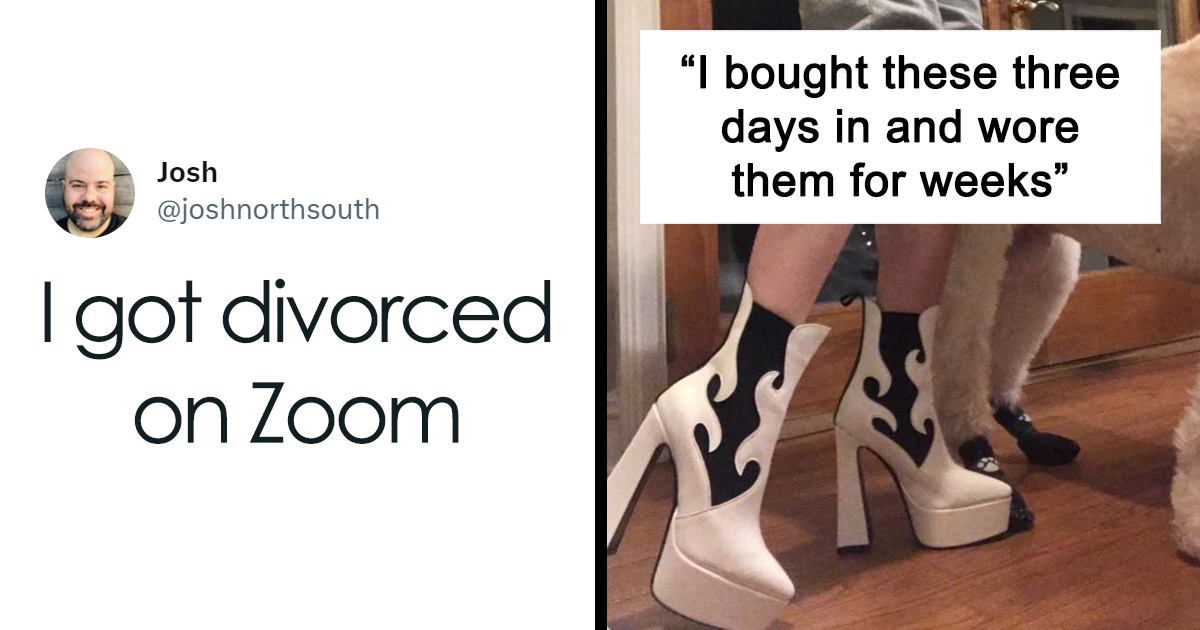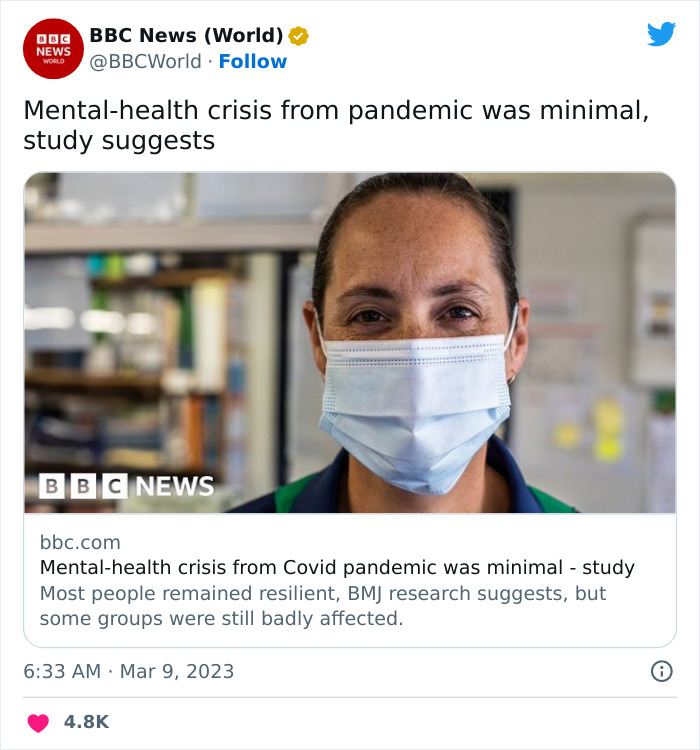Remember those few weeks during the spring of 2020 when everyone was making banana bread? How about that sourdough phase? Or the whipped dalgona coffee trend? While our sanity was hanging on by a single thread, we all became creative and experimented with new hobbies we would have never tried otherwise (including some that we might not be incredibly proud of).
The BBC recently tweeted a study that claimed the mental health crisis brought on by the pandemic was only “minimal”, however, many Twitter users would beg to differ. People immediately began sharing questionable and hilarious things they did during the pandemic, so we’ve gathered some of the most entertaining responses below. Enjoy this list, and be sure to upvote all of the tweets that make you feel better about having karaoke via Zoom during lockdown!
This study has gone viral for claiming that the mental health crisis brought on by the pandemic was only “minimal”
Image credits:
So readers were quick to point out that the results of the study should be taken with a grain of salt
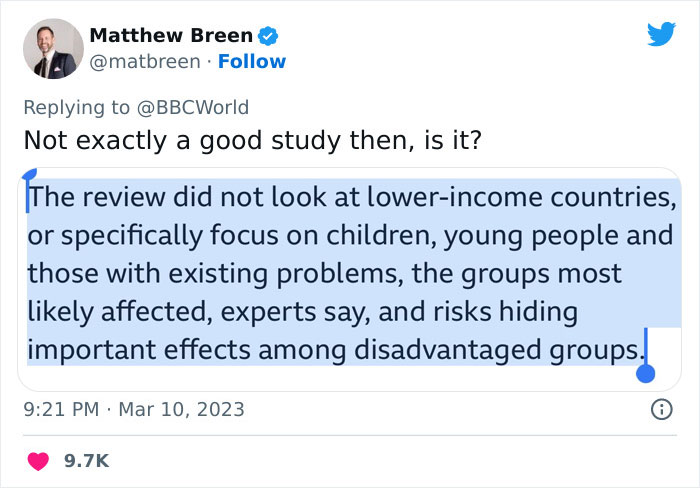

Image credits:
#1
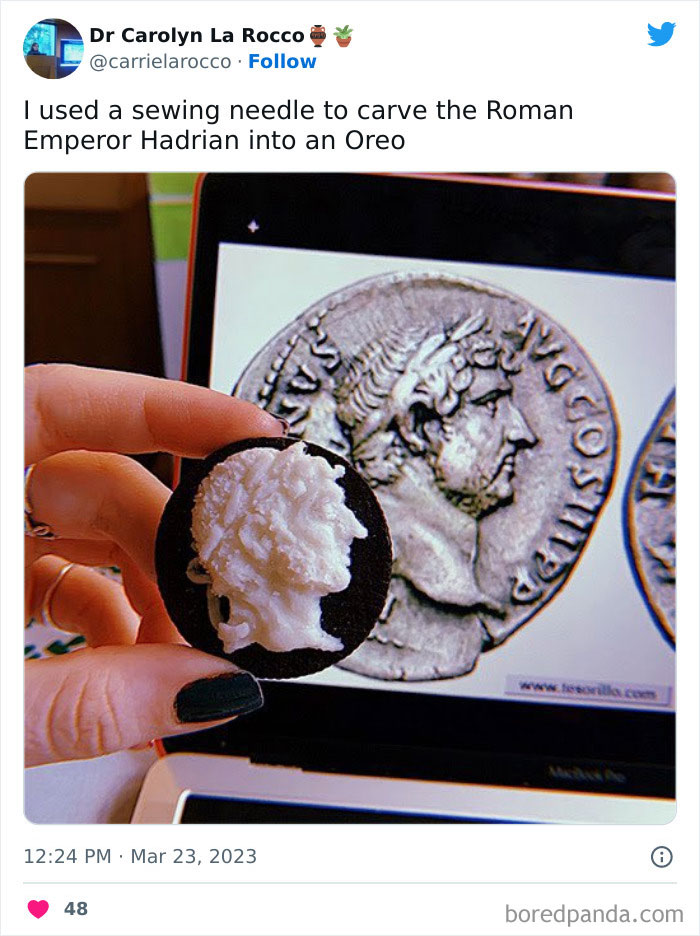
Image credits:
#2

Image credits:
#3
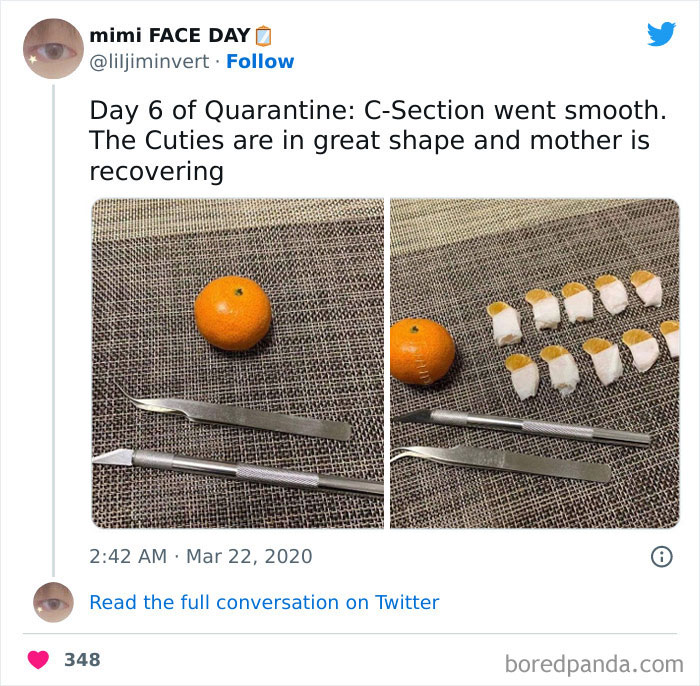
Image credits:
The COVID-19 pandemic was an unprecedented time in history. Never before had the world been forced to shut down on such a global scale, requiring education, jobs and countless other events to turn to digital alternatives. Companies were rapidly closing while millions worldwide were dealing with devastating health issues and the loss of loved ones, meanwhile, the rest of us were just trying to figure out how to avoid getting sick. We were faced with an interesting concoction of fear and boredom all at once, and many of us found bizarre ways to channel our energy and anxiety. Thus, we began making some questionable decisions.
As you’ll see on this list, we all found unique ways to cope with the stress of the pandemic. I, for one, began reading a lot at first, but later found myself dying my hair purple and teal and taking three hour long walks per day, just to get out of the house. I became way too invested in the 90 Day Fiancé cinematic universe, and I started experimenting with the most interesting recipes I could find. I simultaneously had way more energy than I knew what to do with and couldn’t be bothered to get out of bed for hours at a time each day. It was an extremely weird time to live through, so it’s understandable for people to have faced more mental health issues than usual during that period.
#4
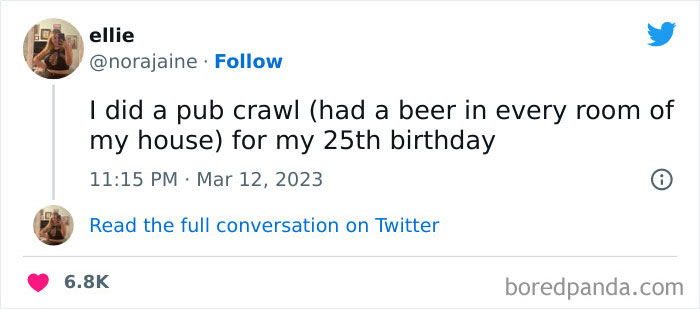
Image credits:
#5

Image credits:
#6

Image credits:
However, this study that the BBC recently tweeted promotes the idea that we somehow managed to emerge from the pandemic unscathed, with little to no impact on our mental health. Forget the fact that we were all frantically baking banana bread and sourdough bread at all hours of the night, right? Let’s just ignore how obsessed we all were with Tiger King, too. In Philippa Roxby’s article for the BBC discussing this controversial study, she does acknowledge the fact that, “Other studies suggest the pandemic increased mental distress for particular groups, such as children, young people and parents in poverty.”
So it is a bit misleading to boldly claim that the pandemic had minimal impact on the mental health crisis. Roxby goes on to note that those who were most negatively affected by the pandemic were people who had previously struggled with their mental health, but there are other studies that suggest the pandemic may have been a catalyst for some people’s struggles. An online NHS survey found that, “As many as one in six seven-16-year-olds and one in four 17-19-year-olds in England had a probable mental disorder in 2022,” Roxby writes. The number of children in contact with mental-health services also increased by almost 30% between 2020-21 and 2021-22. And in another 2021 survey by Mind, mental-health charity, about one third of adults and young people reported their mental health had significantly declined since March 2020.
#7

Image credits:
#8

Image credits:
#9

Image credits:
While it would be great to believe that we were emotionally prepared to face a global pandemic, along with the high unemployment rates and the looming threat of contracting a deadly virus that accompanied, sources outside of this controversial study in question report contradictory results. For example, the World Health Organization explains on their site that, “Plenty of us became more anxious; but for some COVID-19 has sparked or amplified much more serious mental health problems. A great number of people have reported psychological distress and symptoms of depression, anxiety or post-traumatic stress. And there have been worrying signs of more widespread suicidal thoughts and behaviors, including among health care workers.”
#10

Image credits:
#11
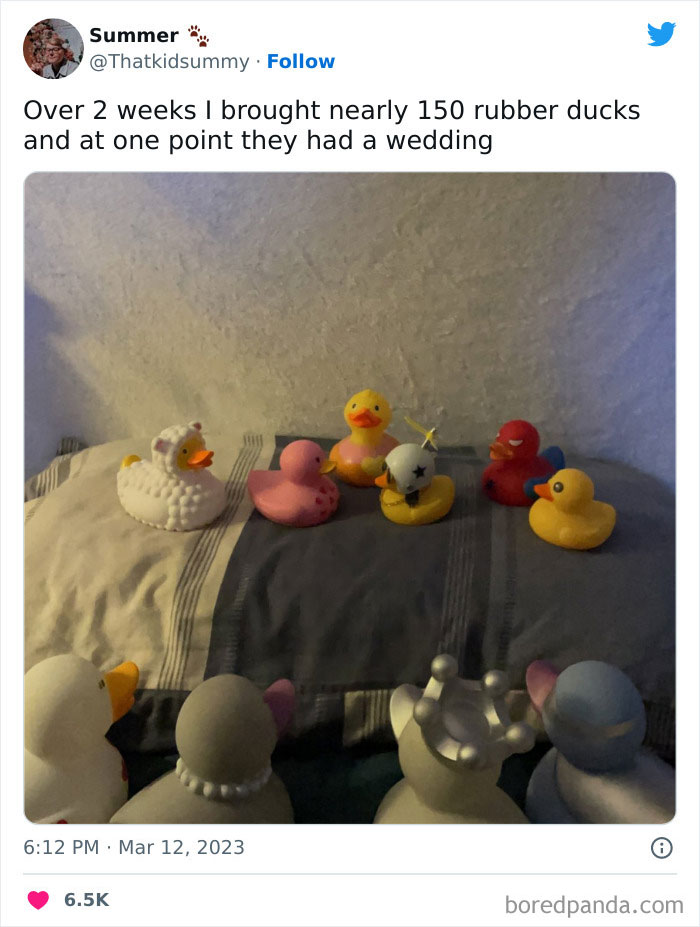
Image credits:
#12

Image credits:
What issues impacted individuals the most from the pandemic depended on various factors, including age, gender and economic status. “Faced with extended school and university closures young people have been left vulnerable to social isolation and disconnectedness which can fuel feelings of anxiety, uncertainty and loneliness and lead to affective and behavioral problems,” WHO reports on their site. “For some children and adolescents being made to stay at home may have increased the risk of family stress or abuse, which are risk factors for mental health problems. Women have similarly faced greater stress in homes, with one rapid assessment reporting that 45% of women had experienced some form of violence, either directly or indirectly during the first year of the pandemic.”
#13

Image credits:
#14

Image credits:
#15

Image credits:
Fear and panic were certainly factors that contributed to the decline of many people’s mental health during the pandemic as well. “I have many friends who had relapses in their mental health because of the increased levels of fear and panic,” Esenam Abra Drah, a woman from Ghana who lives with bipolar disorder, told WHO. “It was almost as if fear was contagious.”
“I myself did not go to the clinic for therapy for an entire year partly because of this fear,” she continued. “I have been privileged to have a good system of support. My pensioner parents managed to make sure my medications were always refilled. But it is not the same for others. Some people could not afford treatment. It was and still is a very difficult time for a lot of people.”
#16
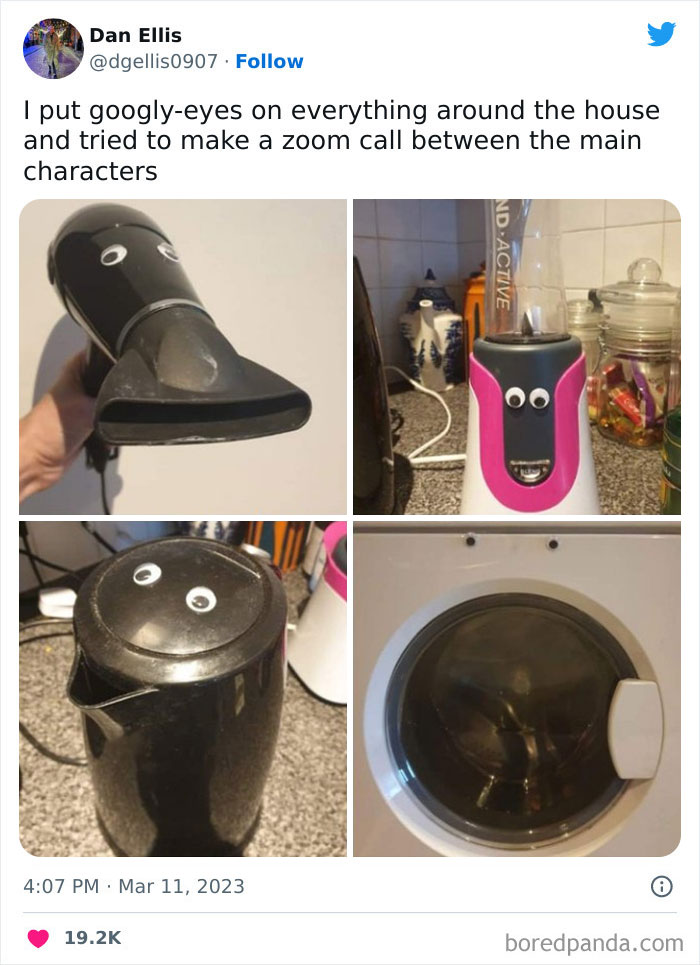
Image credits:
#17
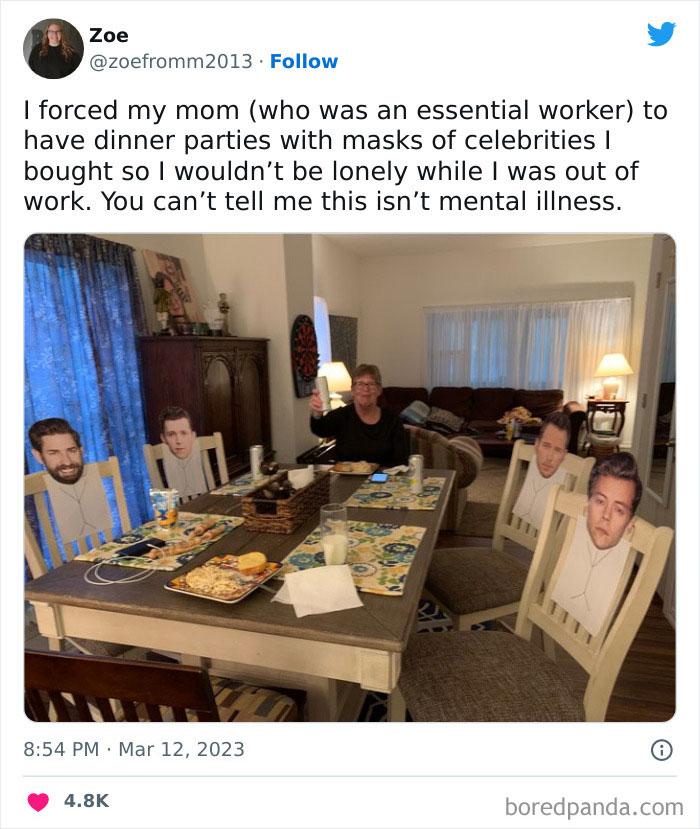
Image credits:
#18
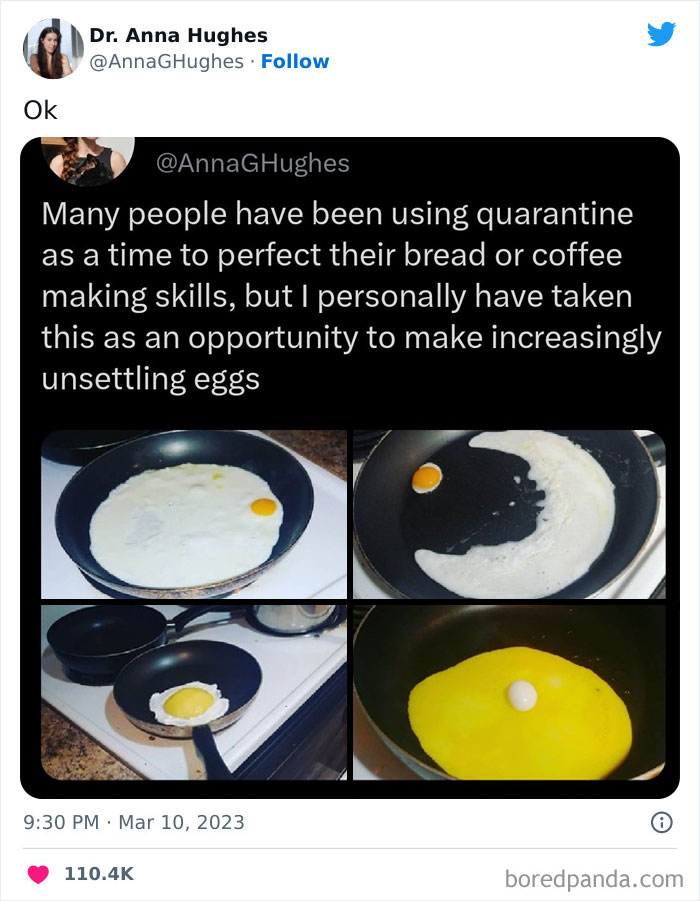
Image credits:
Many of us were even compelled to make some questionable purchases during the pandemic. So many of us, in fact, that The New York Times even published an article detailing all of the strangest pandemic panic purchases their staff members made. Some highlights from the list are “one tiny rainbow-unicorn pool,” “one handheld travel bidet,” “three webcams,” “five head-to-toe pink outfits,” and “three 12-pound bags of soy curls.” Allen Tingley, an engineering manager, shared with The New York Times, “I will never forget awkwardly walk-sprinting to the nearly empty pallet of Clorox bleach on the floor of the Costco to grab 3 gallons for myself. Why? I don’t know. I couldn’t find anything I needed, so maybe I needed bleach. Now I get to cart it around with me from house to house for the rest of my life, I guess? Is this what Coleridge was talking about?”
#19

Image credits:
#20

Image credits:
#21
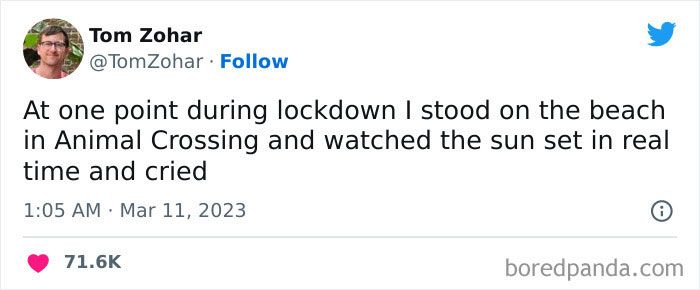
Image credits:
As for the handheld travel bidet, Tim Barribeau, an editor at The New York Times said, “With toilet paper in brutally short supply during Early Pandemic Times, and bidets back-ordered and selling for a premium, we bought a handheld squeeze travel bidet as a backup. It’s designed for pregnant and postpartum people; you can spritz a pretty aggressive stream of water by squeezing it. Luckily, the travel bidet itself was never needed, but we keep it around in case paper supplies ever run short again.”
#22

Image credits:
#23
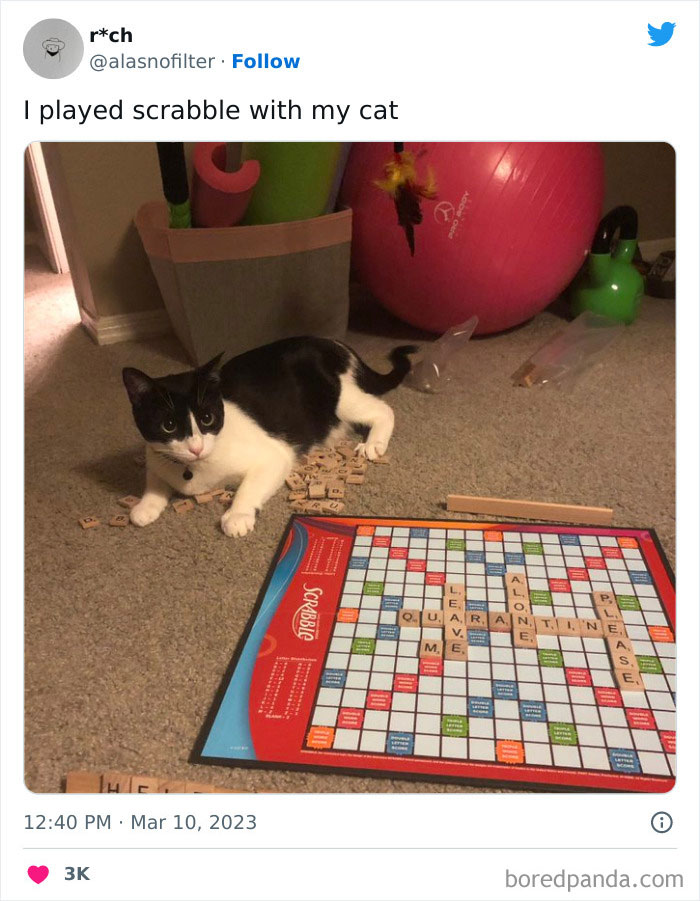
Image credits:
#24
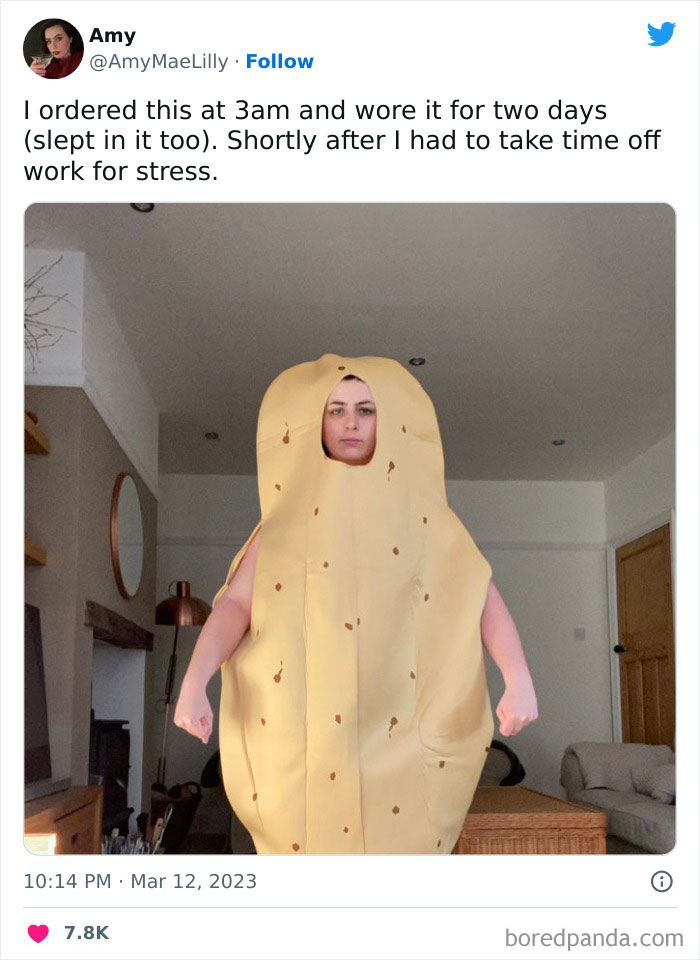
Image credits:
Sarah Witman, a staff writer at The New York Times, admitted to purchasing the tiny rainbow-unicorn pool. “I was desperate to treat myself last summer, so I dropped nearly $60 on the Sunny Life Kiddy Pool. I sat in it and listened to a podcast maybe three or four times, but it takes a lot of lung power to inflate, and it’s collecting dust in the garage now.” I think it’s safe to say that none of our brains were working at full capacity during the pandemic, so if that kiddy pool helped Sarah cope, hey, more power to her.
#25

Image credits:
#26

Image credits:
#27
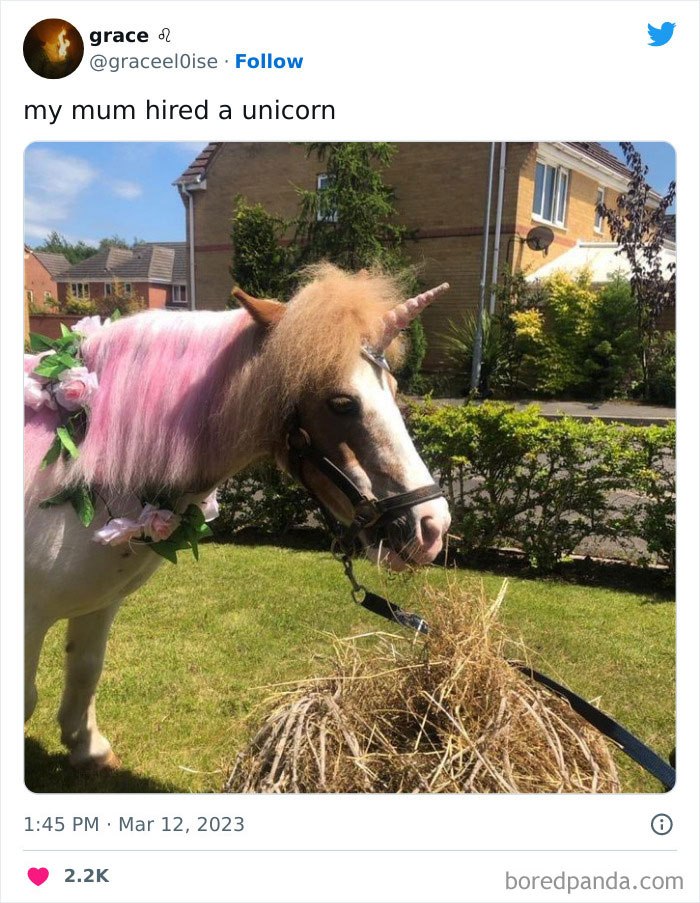
Image credits:
Has this list reminded you of all the ridiculous things you managed to do during lockdown? Don’t worry, no one needs to know about the wig you ordered for your cat or the purple hair dye phase you had; we won’t tell. But we hope you’re enjoying this hilarious look back at the pandemic. Keep upvoting the pics you find most relatable and those that you think encapsulate the experience of living through the COVID-19 pandemic, and then let us know in the comments what silly things you found yourself doing during quarantine. Then, if you’re interested in checking out another Bored Panda article featuring crazy things boredom can drive people to do, look no further than right here!
#28
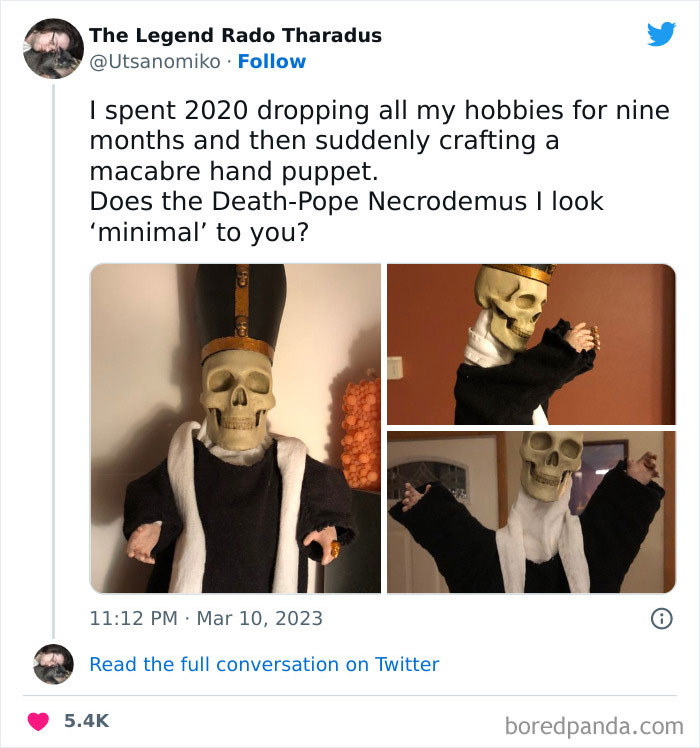
Image credits:
#29
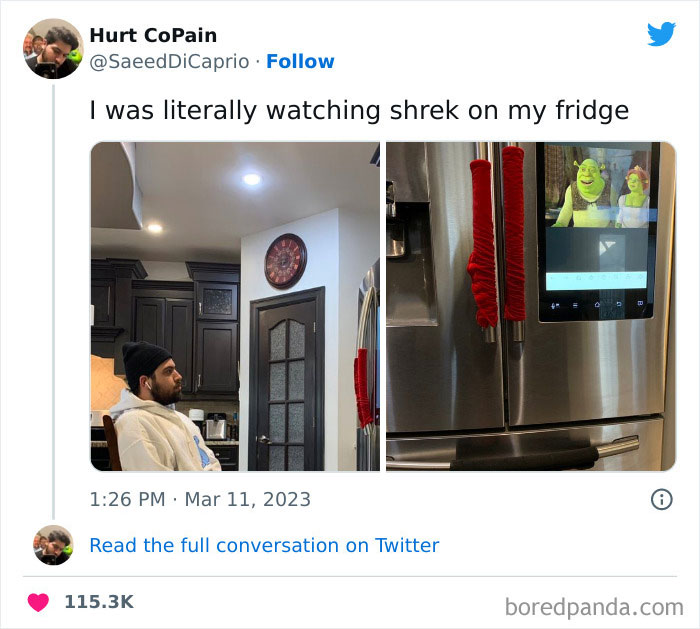
Image credits:
#30
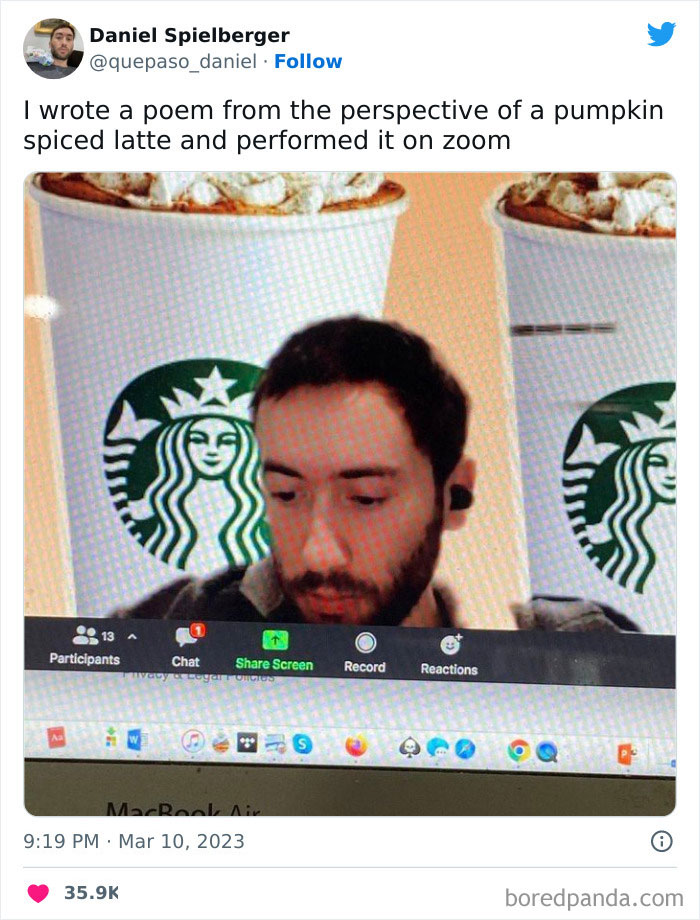
Image credits:
#31
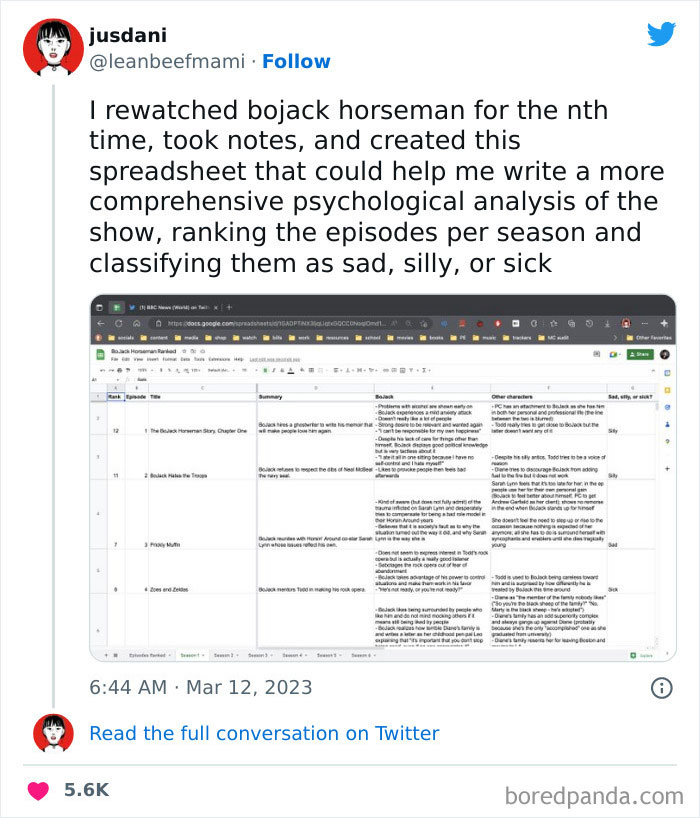
Image credits:
#32
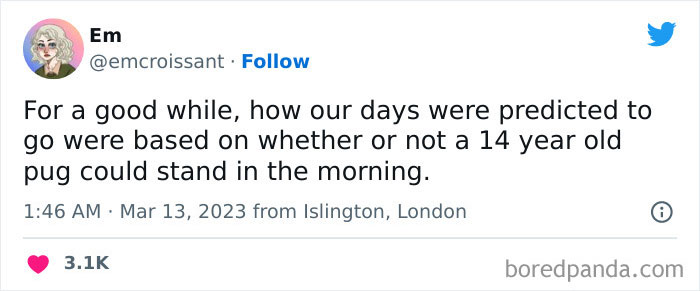
Image credits:
#33
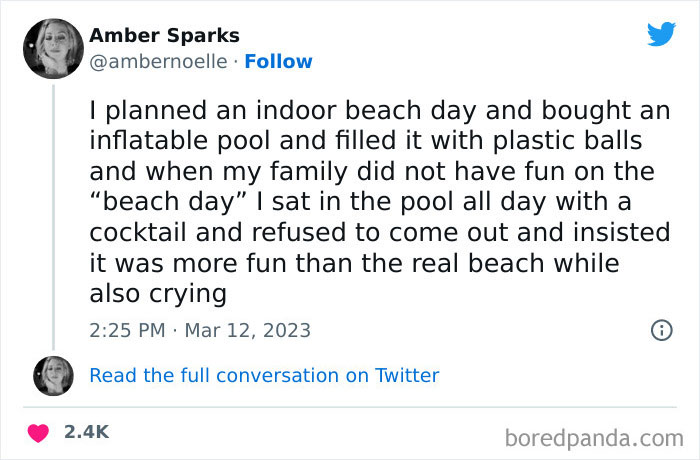
Image credits:
#34

Image credits:
#35

Image credits:
#36
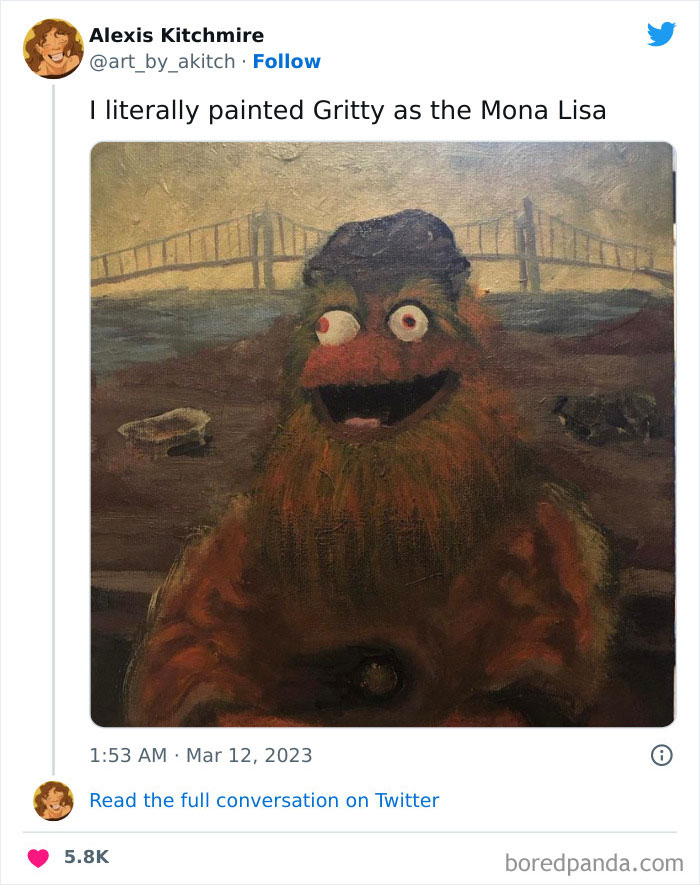
Image credits:
#37
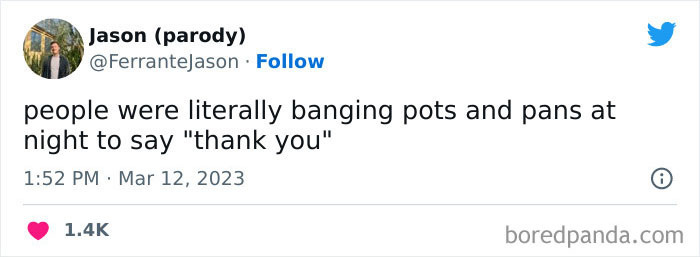
Image credits:
#38

Image credits:
#39
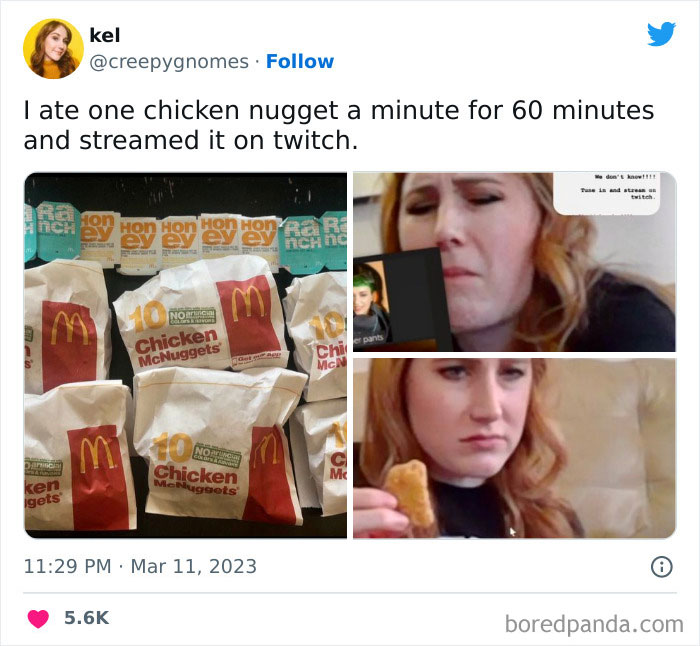
Image credits:
#40

Image credits:
#41
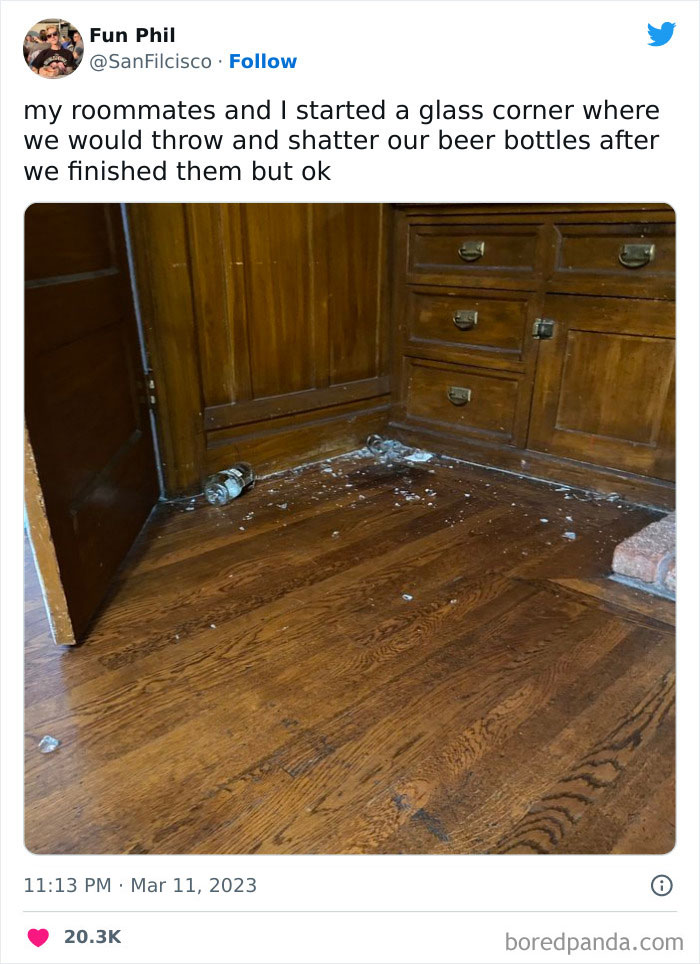
Image credits:
#42
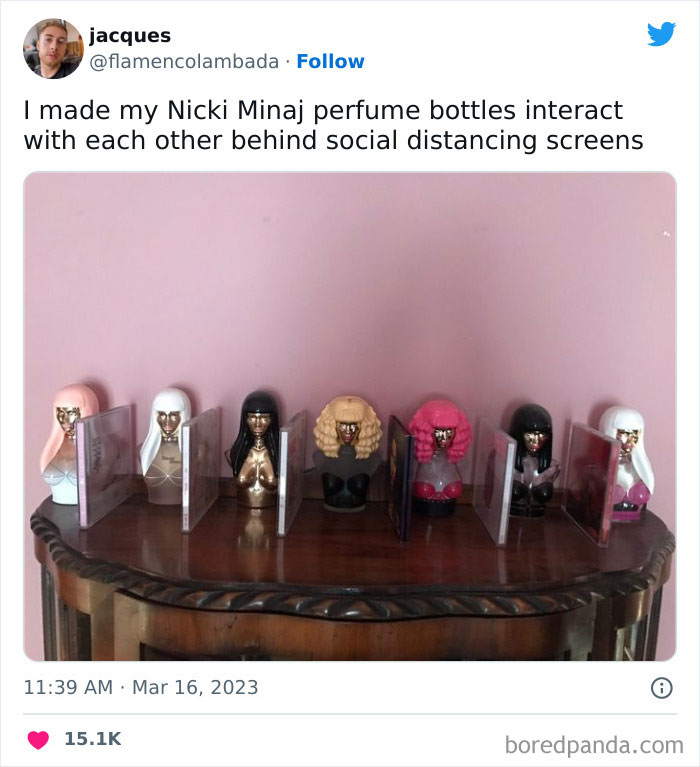
Image credits:
#43
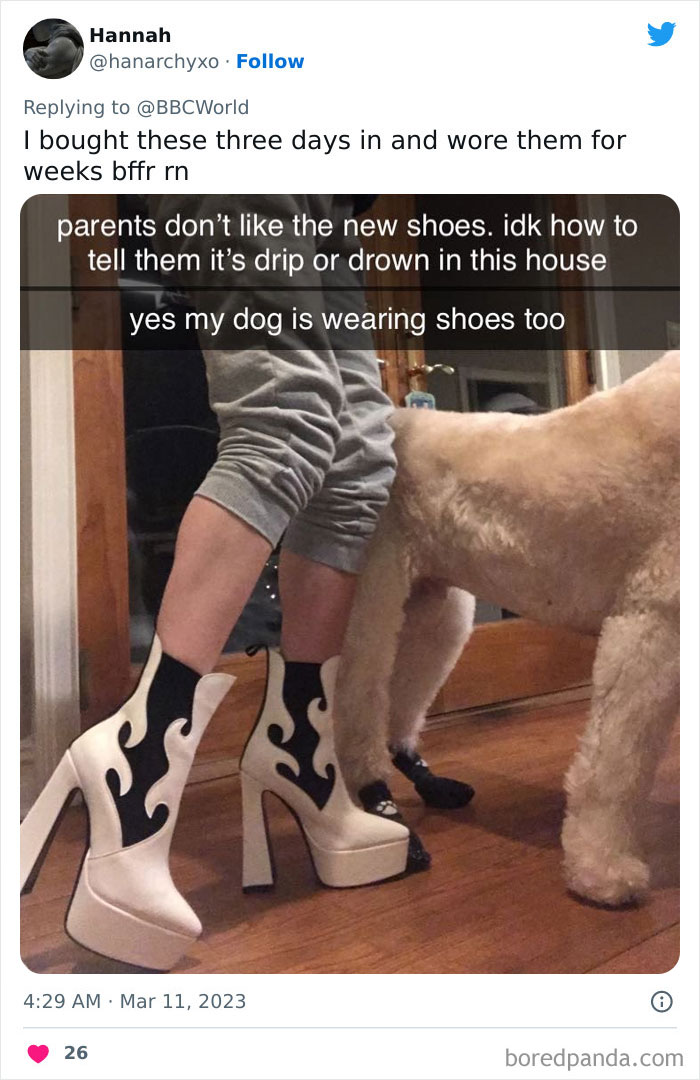
Image credits:
#44
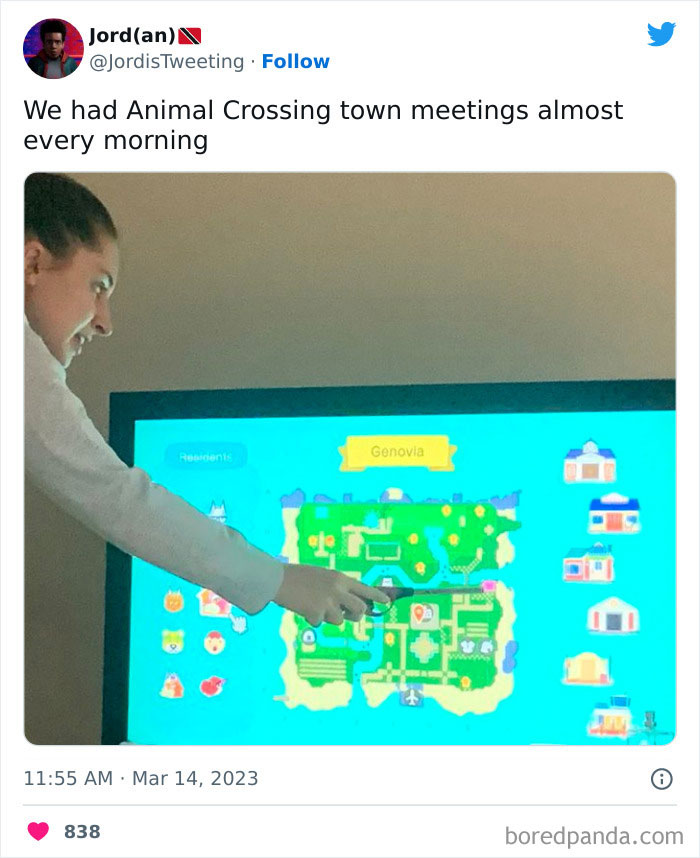
Image credits:
#45

Image credits:
#46
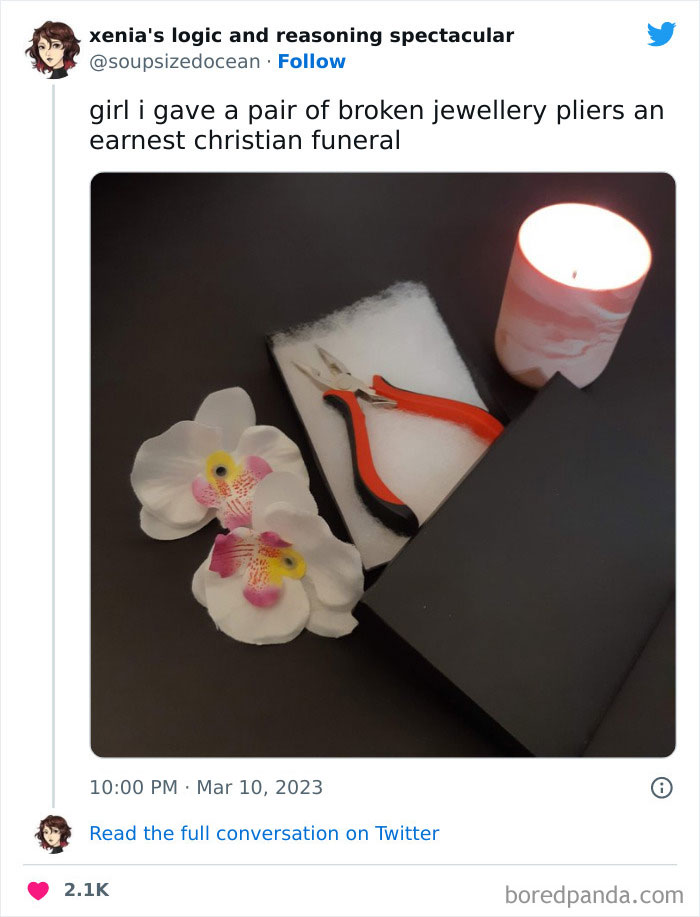
Image credits:
#47

Image credits:
#48
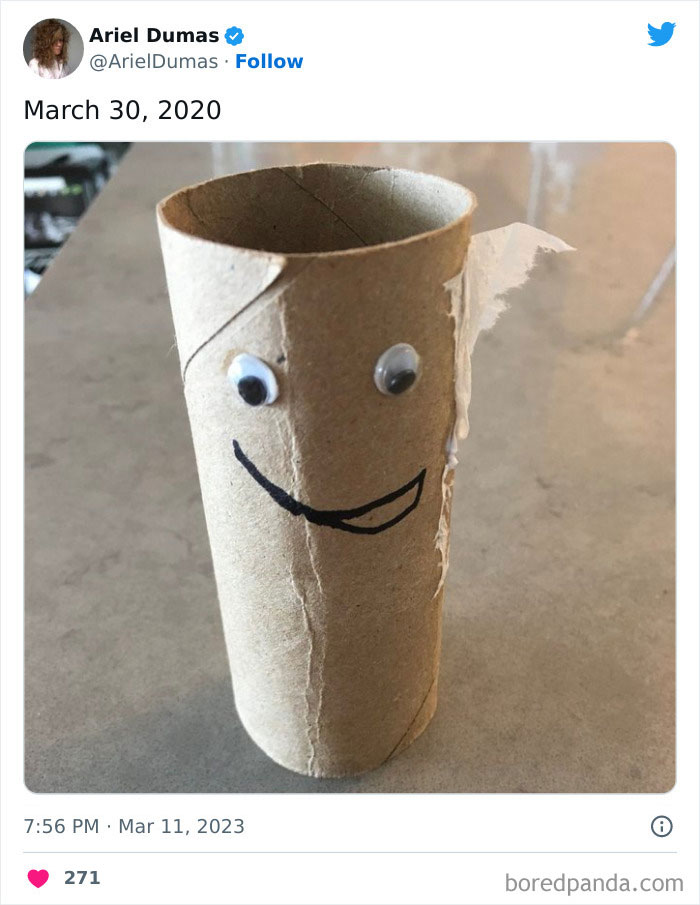
Image credits:
#49

Image credits:
#50

Image credits:
This content was originally published here.
